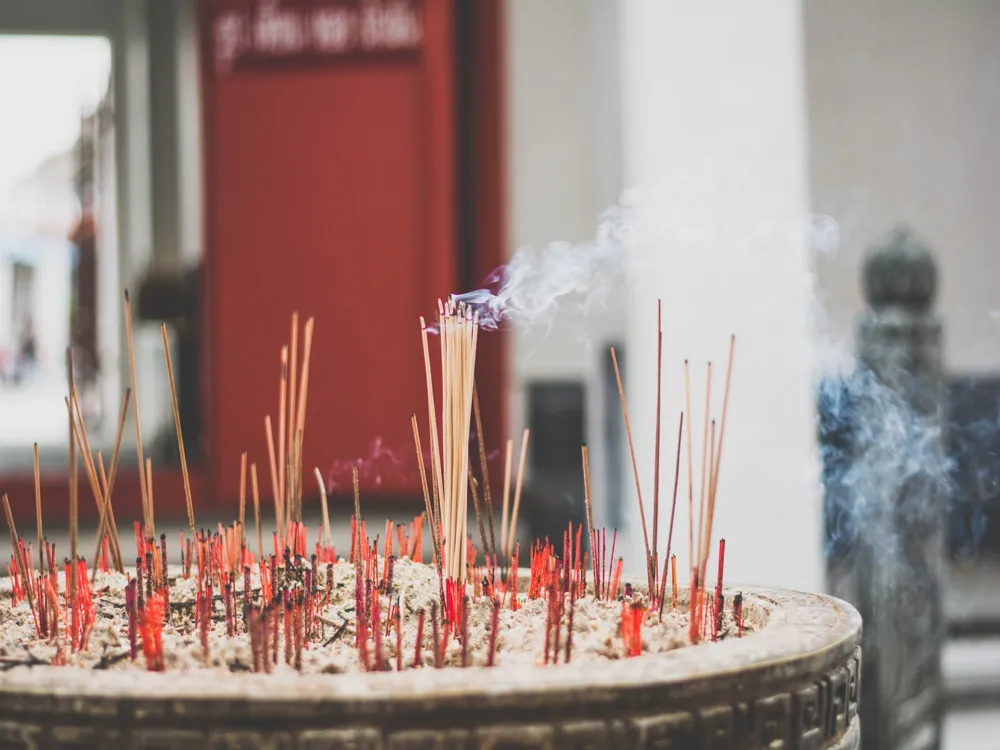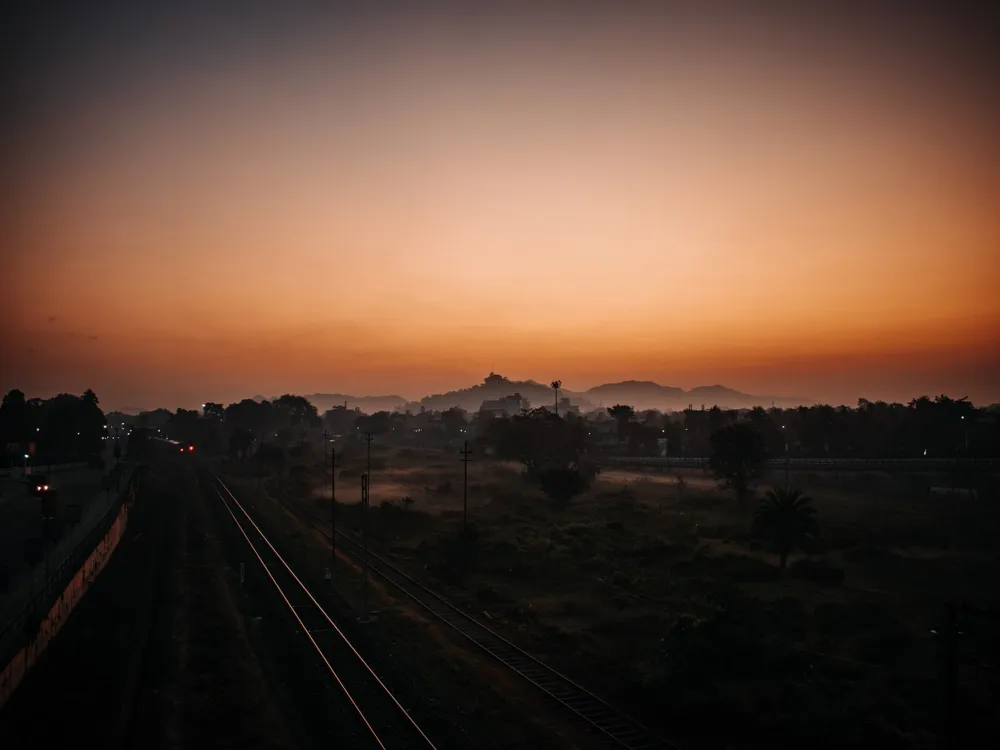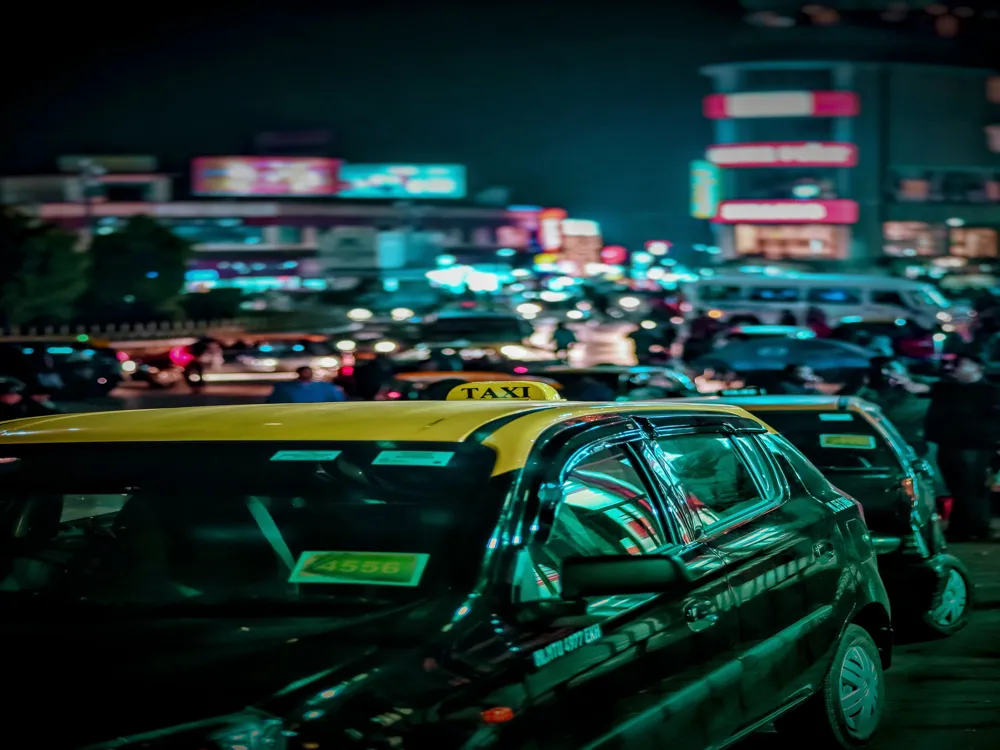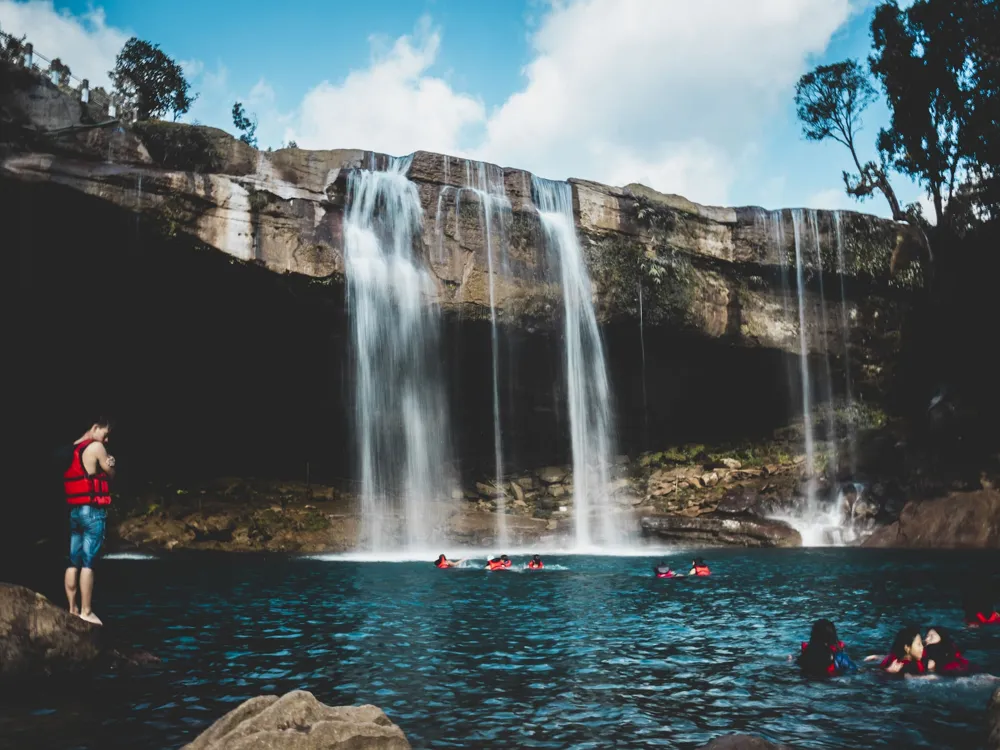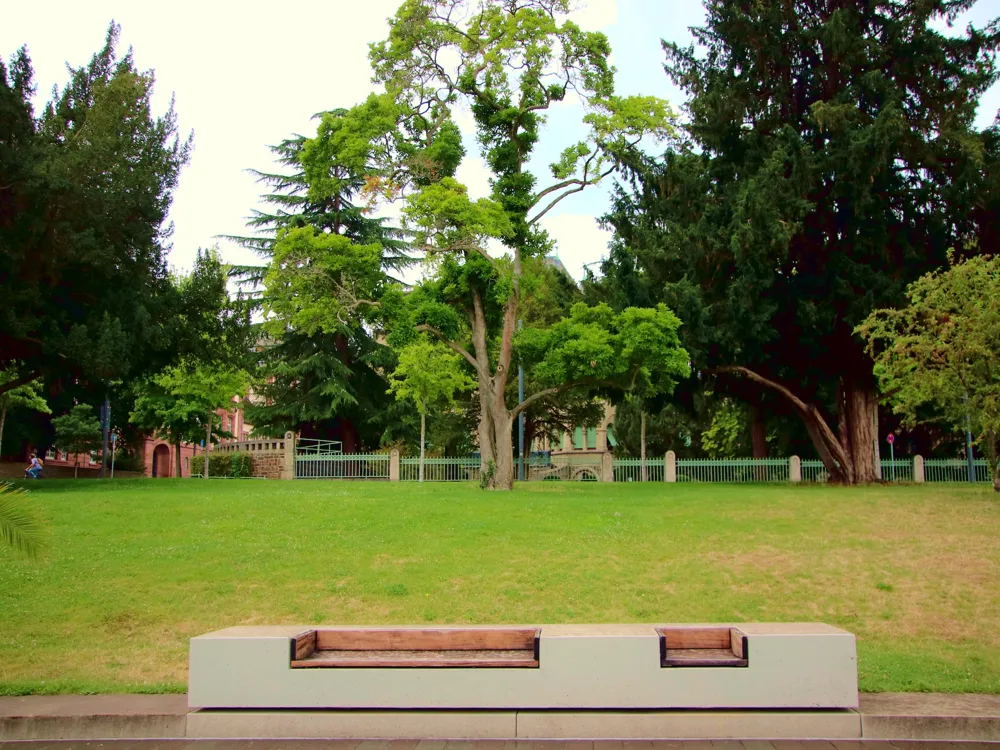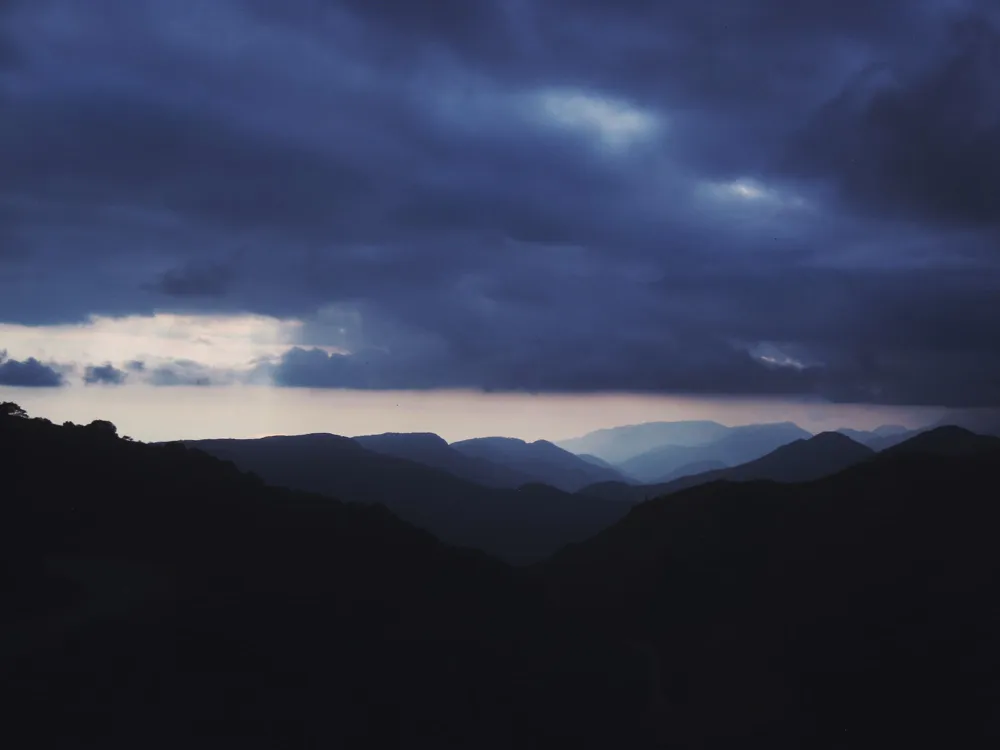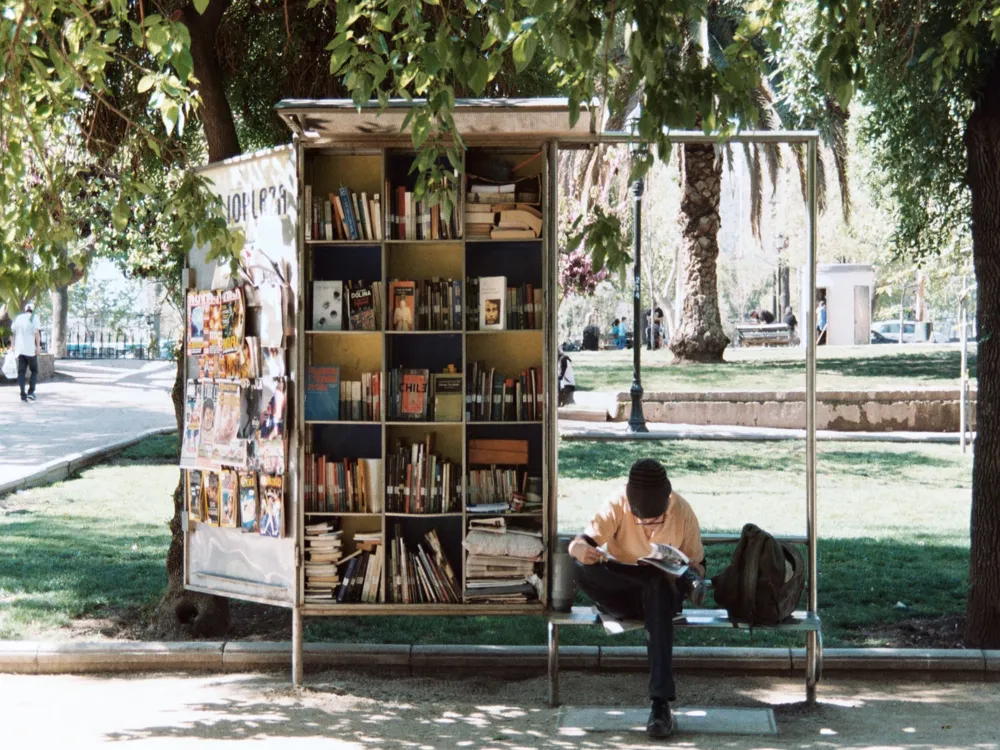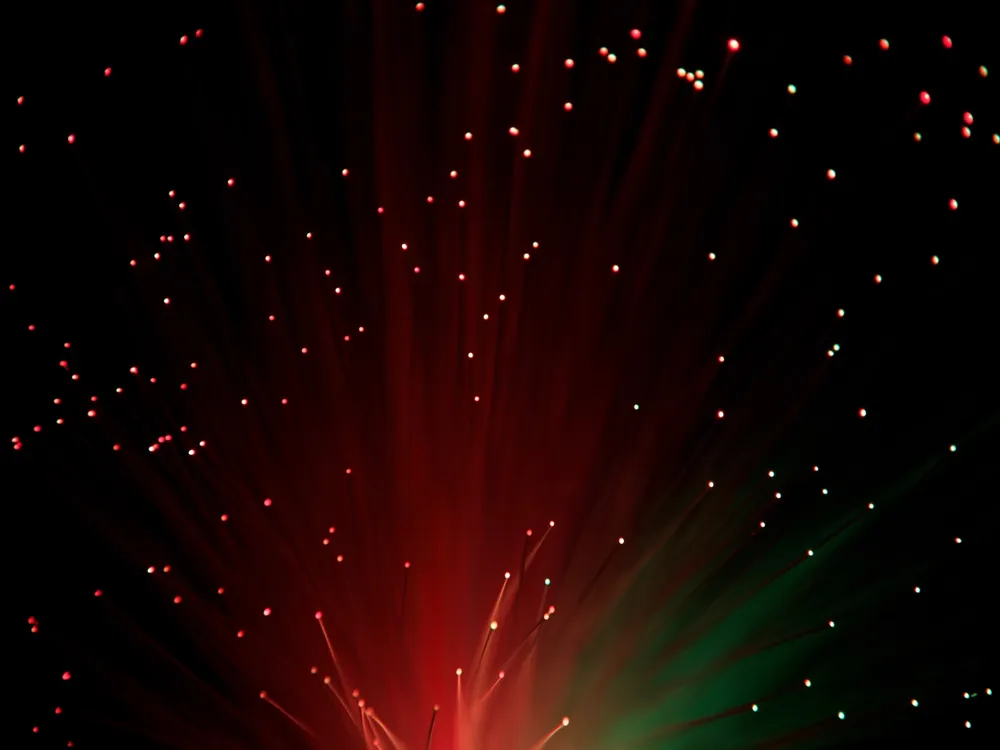The Joybhum Kamakhya Temple, nestled in the serene landscapes of Goalpara, Assam, stands as a testament to the rich cultural and religious heritage of India. This ancient temple, dedicated to Goddess Kamakhya, draws not only devotees but also tourists from around the globe, intrigued by its historical significance and spiritual aura. The temple, perched atop the Nilachal Hill, offers a panoramic view of the surrounding valleys, making it a site of unparalleled beauty. The legend of Joybhum Kamakhya Temple is steeped in Hindu mythology. It is said to be one of the 51 Shakti Peethas - sacred sites where parts of Goddess Sati's body fell. The temple is particularly renowned for its celebration of the Ambubachi Mela, a festival that symbolizes the fertility of Mother Earth and draws thousands of pilgrims annually. The architecture of the temple, a blend of ancient and modern styles, is a subject of great interest among historians and architects alike. The architectural grandeur of Joybhum Kamakhya Temple is a splendid example of the skill and creativity of ancient Indian artisans. Constructed using a combination of sandstone and granite, the temple showcases the Nilachal type of architecture, a style unique to temples in this region. The main temple, a cave-like structure, houses the sacred Yoni-like stone symbolizing the goddess, and is adorned with intricate carvings and sculptures that depict various aspects of Hindu mythology. The temple complex is surrounded by a series of smaller temples dedicated to different deities, each showcasing unique architectural elements. The outer walls are embellished with sculptures of gods and goddesses, animals, and floral motifs, creating a visual spectacle. The temple's beehive-like shikhara adds to its majestic appearance, while the series of stone steps leading up to the temple offer a glimpse into the journey of devotees through ages. Visitors are advised to dress conservatively, respecting the temple's religious significance. It's best to avoid shorts and sleeveless tops. It's important to show respect for local customs and traditions. Devotees should be allowed to perform their rituals without interruption. Photography may be restricted in certain areas of the temple. Always ask for permission before taking photos. Check the temple timings before visiting, especially during festivals like Ambubachi Mela, when the temple attracts large crowds. Joybhum Kamakhya Temple is well-connected by road, rail, and air. The nearest airport is Lokpriya Gopinath Bordoloi International Airport in Guwahati, about 20 km away. Visitors can take taxis or buses from the airport to the temple. Guwahati Railway Station, located around 8 km from the temple, is the nearest railway junction, connecting the city to major Indian cities. Local buses, auto-rickshaws, and taxis are readily available from different parts of Guwahati to reach the temple. Read More:Overview of Joybhum Kamakhya Temple in Goalpara, Assam
Architecture of Joybhum Kamakhya Temple
Tips When Visiting Joybhum Kamakhya Temple
Dress Appropriately
Respect Local Customs
Photography Restrictions
Temple Timings and Festivals
How To Reach Joybhum Kamakhya Temple
Joybhum Kamakhya Temple
Goalpara
Assam
NaN onwards
View goalpara Packages
Goalpara Travel Packages
View All Packages For Goalpara
Top Hotel Collections for Goalpara

Private Pool

Luxury Hotels

5-Star Hotels

Pet Friendly
Top Hotels Near Goalpara
Other Top Ranking Places In Goalpara
View All Places To Visit In goalpara
View goalpara Packages
Goalpara Travel Packages
View All Packages For Goalpara
Top Hotel Collections for Goalpara

Private Pool

Luxury Hotels

5-Star Hotels

Pet Friendly








